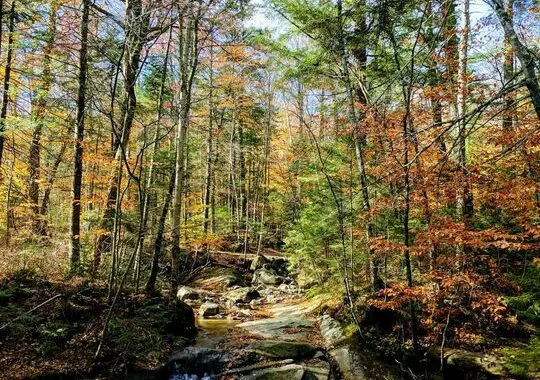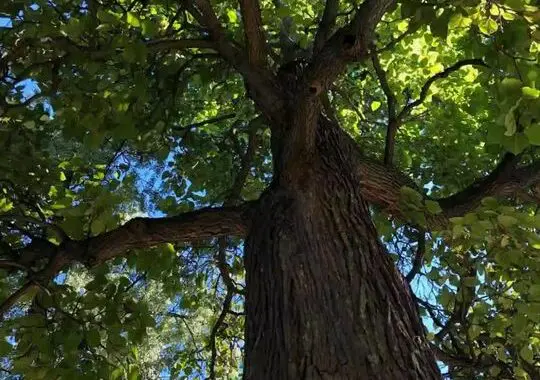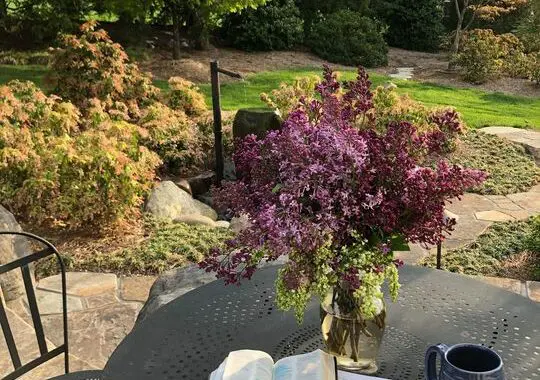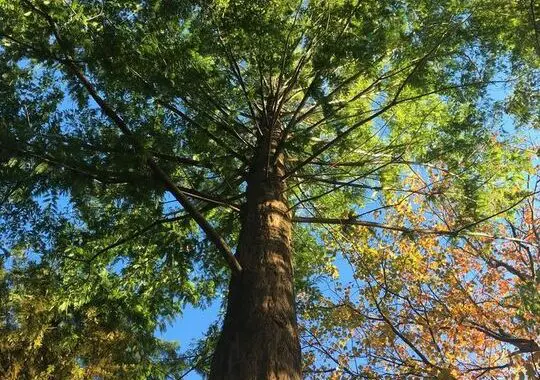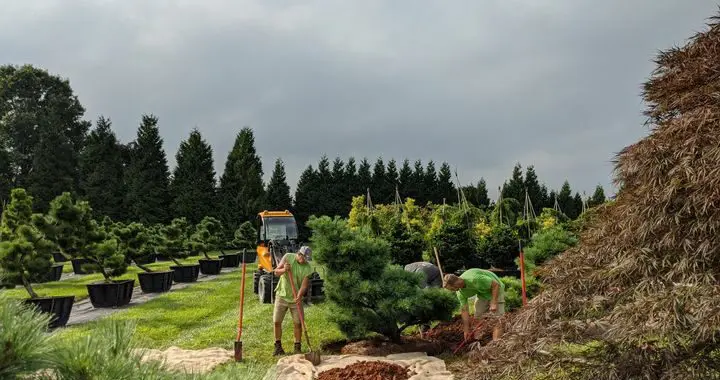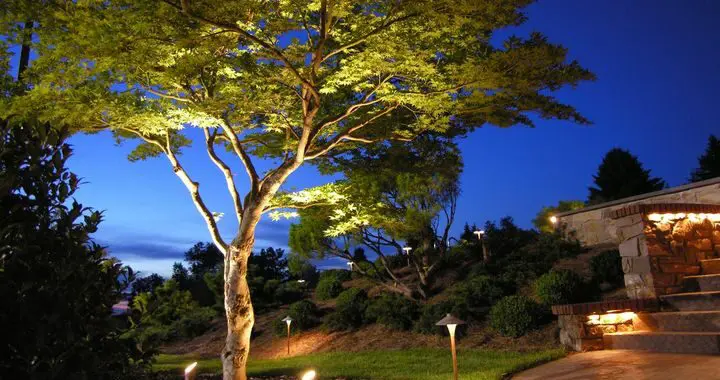Before the first Earth Day in 1970, American automobiles were using large amounts of leaded gas, Industries were pouring smoke and sludge into the air and waterways, and most Americans were unaware of the effects of environmental pollution on human health.
However, in 1962, Rachel Carson’s bestseller Silent Spring was published and began to raise public awareness and concern for living organisms and their habitats, and drew a connection between a clean environment and a healthy population.
After a devastating oil spill in Santa Barbara, California, in January, 1969, conservation-minded Senator Gaylord Nelson and Congressman Pete McCloskey began to take action. Wanting to increase public awareness for the importance of a clean environment and inspired by the energy of student anti-war protests, Nelson and McCloskey birthed the idea of teach-ins on college campuses. They enlisted the help of Denis Hayes, a young activist, to organize the campus teach-ins and chose April 22, a weekday between Spring Break and finals, hoping to garner the greatest student participation.
It seems Nelson, McCloskey, and Hayes were successful in raising awareness and enthusiasm for a cleaner, greener, and healthier earth because today, Earth Day is 51 years old!
Information credit:
The History of Earth Day
Shared by Betty Hanselman
Gardener’s wife (& daily celebrant of God’s beautiful creation)
Taking our first God-given responsibility seriously (“to tend and watch over”, see Genesis 2:15), Hanselman Landscape is privileged to bring joy into our clients’ daily experiences by installing and nurturing beautiful gardens. Photos below show a dwarf Eastern White Pine being dug for planting at a local business, and the Japanese Black Pines HL planted and now tended at MIT in Cambridge, MA.
